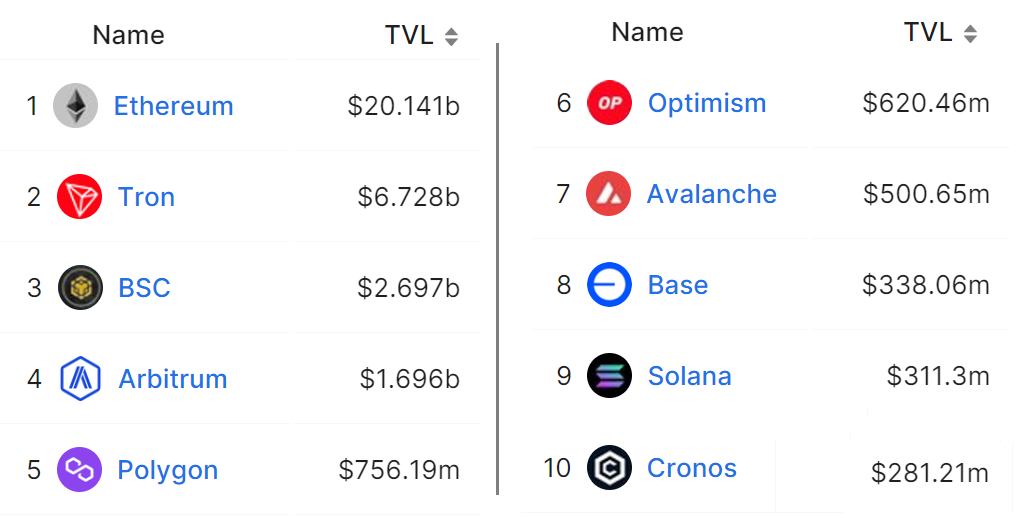Polygon’s native token (MATIC) experienced a 16.4% rally that coincided with the launch of Polygon 2.0 Goreli testnet on Oct. 4. However, the resistance at $0.60 proved stronger than anticipated, and was followed with a 10.6% decline over the six days leading into Oct. 10.
This decline was exacerbated by negative news regarding the departure of a key co-founder and weak activity in Polygon’s zero-knowledge (ZK) rollup subnet.

Rallies tend to follow mainnet and protocol updates
Polygon 2.0 is a network of ZK-based layer-2 chains, unified via a novel cross-chain coordination protocol. Polygon’s 2.0 scaling technology was unveiled in June 2023 as a plan for a scaling ecosystem consisting of four layers: staking, execution, interoperability, and proving. Each of these layers contributes to creating an interconnected ecosystem of chains that facilitate secure, fast, and extremely cost-effective transfers.
Among the benefits of Polygon 2.0 are enhanced security and privacy through ZK proofs, full compatibility with the Ethereum Virtual Machine (EVM), and instant cross-chain interactions without requiring additional security or trust assumptions. It’s worth noting that the project is continuing to develop its ZK-STARK-based layer-2 solution, Miden.
One could argue that the recent 10.6% retracement merely reflects an adjustment to the overexcitement triggered by the testnet launch. However, other factors may have contributed to investors’ worsening sentiment towards Polygon. For instance, Polygon’s ZK subnet, zkEVM, has lagged behind competitors in terms of activity and deposits.
Network data shows Polygon losing steam as new competition emerges

Taking a broader perspective on the total number of transactions and deposits in the Polygon network yields suboptimal results. For example, Polygon’s total value locked (TVL) stands at $756 million according to DeFiLlama, which is less than half of Arbitrum’s layer-2 scaling solution.

The departure of Polygon’s co-founder, Jaynti Kanani, on Oct. 4 after six years with the project also triggered some degree of discomfort among investors, given the project’s proximity to the crucial completion of its improved multiple-layer scalability solution. Interestingly, this decision follows the departure of Polygon Lab’s CEO, Ryan Wyatt, in July 2023, shortly after joining the company in February 2022.
Further impacting MATIC’s performance was a decline in the number of active addresses using Polygon network’s decentralized applications.

Related: Circle rolls out native USDC tokens on Polygon
Regardless of the reasons behind MATIC’s token surge earlier in October, the recent 10.6% negative performance can be attributed to reduced network activity, the departure of a co-founder during a critical upgrade phase, and stiff competition from other ZK scaling solutions.
Ultimately, there is enough bearish news flow to justify this correction, although the team has been consistently delivering the necessary updates and improvements to the Polygon network. Investors should closely monitor the project’s progress in addressing these challenges and capitalizing on the innovations of Polygon 2.0.
This article is for general information purposes and is not intended to be and should not be taken as legal or investment advice. The views, thoughts, and opinions expressed here are the author’s alone and do not necessarily reflect or represent the views and opinions of Cointelegraph.









Leave A Comment